Three Phase Voltmeter Connection:
This Diagram shows Three Phase Voltmeter Connection. In this circuit, we use a TP MCB ( Tripple Pole Miniature Circuit ), a selector switch, and a voltmeter. This circuit diagram is very simple and easy to make. If you want to know more details about this circuit please check our youtube video below the post. Please stay with our website for more updates about electrical electronics and robotics projects gadgets and circuits.
Advertisements
Components needed For this Project:
You can get the components from any of the sites below:
- TP MCB 20A [See Buy Click Amazon]
- single phase Volt Meter [See Buy Click Amazon]
- Selector Switch (220V AC) [See Buy Click Amazon]
- Terminal Block [See Buy Click Amazon]
*Please note: These are affiliate links. I may make a commission if you buy the components through these links. I would appreciate your support in this way!
Advertisements
Components used to make the Three Phase Voltmeter Connection:
The full meaning of MCB is Miniature Circuit Breaker for TP MCB. MCB is an electromagnetic switch or device. If for any reason a short circuit occurs in the supply line or load line (line to line or line to neutral) or in case of overload MCB. the MCB automatically trips and disconnects the main line circuit or household power supply Connection. TP MCB In 3 Pole MCB, Switching & Protection is affected in only 3-Phases and the Neutral is not part of the MCB. 3 pole MCB signifies the Connection of Three Wires for a 3-Phase system Red-Yellow-Blue Phase. 3-Phase Supply Only Without Neutral.
02. Voltmeter:
An instrument that measures the potential difference between any two points in a circuit directly in volts is called a voltmeter. A voltmeter is an Electrical instrument that directly measures the potential difference between any 2 points in a circuit in volts. The voltmeter is connected in parallel with the 2 points in the circuit where the potential difference is to be measured. This instrument consists of a galvanometer. Like an electric cell or an ammeter, a voltmeter has 2 terminals, a positive and a negative terminal. Usually, the positive end is red and the negative end is black.
A Mechanical Switch That can be rotated Left, right, or center to open or close the Electrical contacts is known as a Selector switch. The Main Function of This Selector Switch is to Control Devices and also to Switch Between a Minimum of 2 or Above Electrical Circuits. The Perfect Used for Selector Switch is When Used for Controlling the Output of a Device. We know that a Selector switch is Used to control the electrical current flow in a Circuit it can also be used to both Initiate and inhibit the Current Flow.
04. Terminal Block:
Terminal Clocks are Connectors That Terminate a Single wire and Connect it to a circuit or other system. Terminal Blocks come in a range of shapes, Sizes, and ratings, but Always Terminate a single Wire and are Never multi-pole. Terminal Blocks are used to Secure or Terminate Wires and, in Their Simplest form, Consist of Several Individual Terminals Arranged in a long strip system. Terminals are Useful for Connecting the Wiring to the GND or, in the Case of Electrical power, for Connecting Electrical Switches and Outlets to the Mains side.
Thank You for visiting the website. Keep visiting for more Updates.
Frequently asked questions
Just connect the red to wire positive or black wire to the negative to power the meter and then connect the yellow wire to the power supply source you want to measure, that's it! Great for monitoring voltages during development and debugging or as a permanent part of the project.
This is because, in a balanced 3-phase system, the voltage between any 2 phases is √3 times the voltage of a single phase. So, in a 415-volt 3-phase system, the voltage between any two phases is 415 volts, and in a 220-volt single-phase system, the voltage is 220 volts between one phase and the neutral.
Three-phase the 3-phase is the voltage between any two out of those three phases. In three-phase supply, there are three supply lines phase shifted at 120 degrees from each other. So the net voltage difference between the two phases by the phase angle of 120 degrees is 440V.
A Voltmeter has very high resistance to ensure that its connection does not alter the flow of current in the circuit. Now if it is connected in series then no current flow will be there in the circuit diagram due to its high resistance. Hence it is connected in parallel to the load across which the potential difference is to be measured.
Remember the voltage increases when batteries are in series, but with the batteries in parallel, this is not the case. When two or more batteries are placed in parallel, the voltage in the circuit is the same as each battery.
Read more Single Phase Wiring
What is a kilowatt-hour (kWh) | kwh formula | What does kwh mean
Introduction to Electrical Units and CircuitskW and kWh on your electricity bill As your home uses electricity during...
What is the Difference Between kVA | What does KVA mean | kVA formula
Difference Between KVA ExplainedWhat does KVA Mean? There are technical terms aplenty when it comes to generators, and...
Power Factor | Power Unit | Energy | Electricity Unit
Power factor definition | Calculating Power FactorPower Factor Values In a purely resistive circuit, the power factor...
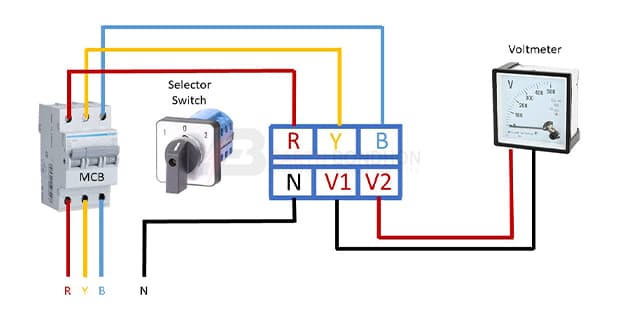
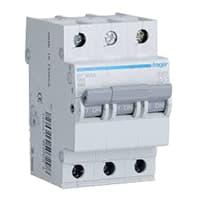
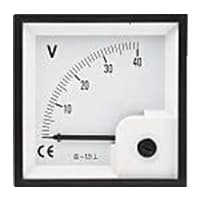
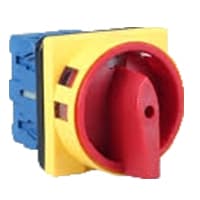
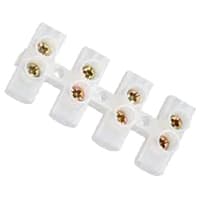
0 Comments